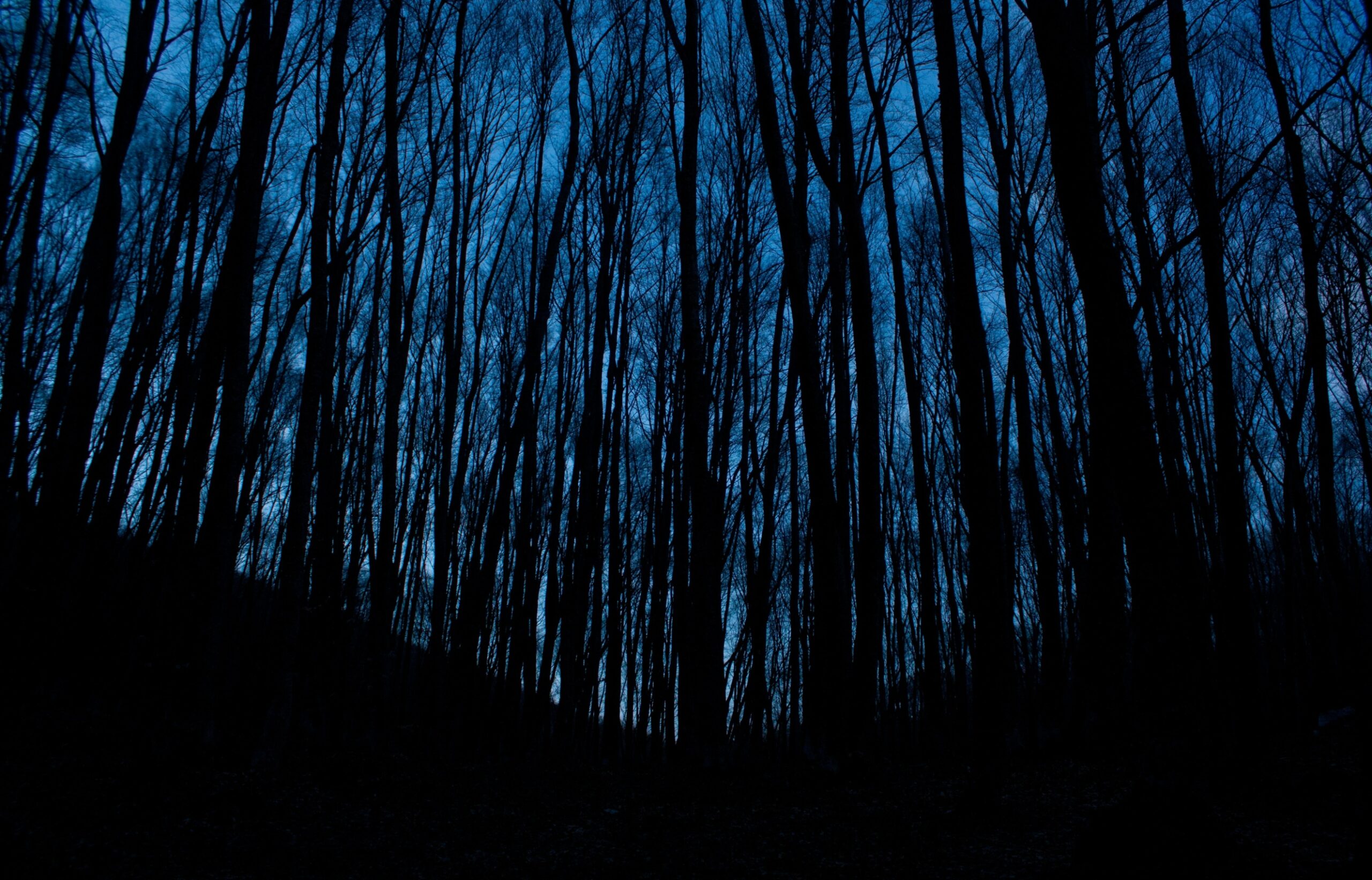Halloween may be over, but spooky season is all year round if you want it to be.
Whether you’re a seasoned horror writer or just dipping your pencil into the genre, you likely already know how crucial of a part tension plays.
Tension is essential in every story, regardless of genre, but it especially does a lot of the heavy lifting when it comes to horror. The earlier you instill a discernible sense of dread in your audience, the more time you have to feed it—little by little—dragging it past the point of no return.
The best writers can do this right under their readers’ noses, keeping them in suspense and at the writers’ mercy.
Here are five frighteningly effective ways to create and build tension in your horror stories.
- Limit the point of view and withhold information.
Horror stories are often told from the perspective of one character who starts off knowing as much as the audience does: little to nothing. The less the audience knows, the more they have to fear. As the story progresses, the character discovers more alongside the audience, developing a shared, intimate experience. The main character and the audience become one.
It is likely the main character is also an unreliable narrator, either due to an internal or external struggle or affliction. They may be suffering from amnesia or madness, addiction or possession. When the audience can’t trust the character they’re closest with, they grow anxious and uncomfortable. As the main character spirals, so does the audience, questioning what is real and what is not.
- Pay attention to the setting and imagery.
There’s a reason so many horror stories occur in an abandoned cabin in the woods, old, decrepit mansions, and cold, imposing churches. Darkness, isolation, history, secrets, and superstition can work together to influence one’s imagination and play on one’s senses. There are certain rooms at home we don’t want to stay in for too long: the basement, attic, closet, and shower. Claustrophobia escalates our fight-or-flight instincts.
The weather and time of day are elements a writer can manipulate to their advantage. Pathetic fallacy refers to the attribution of human emotions to inanimate things, including nature. The nighttime, fog, thunderstorms, and wind can not only create an ominous and strenuous atmosphere but also reflect the character’s inner turmoil. Descriptive language focusing on creepy details and visuals further emphasizes one’s surroundings and elevates our heartbeats.
- Play around with pacing and how scenes are conveyed.
Good horror writers spend time crafting an intricate plot with winding twists and turns at every corner. Great horror writers take care in figuring out how the plot is conveyed and paced. How do you illustrate the character’s deteriorating mental state? How do you illustrate a character’s days are numbered? A ticking clock in the background intensifies the pressure and raises the stakes.
- Take advantage of dramatic irony.
Dramatic irony refers to when the audience knows more about what will happen in the story than the characters themselves. This creates a divide between the audience and the characters, and yet we, as the audience, read on in anticipation of what is to come and how it will unfold.
- Focus on the internal.
The most memorable horror stories are the most human. Our fears, anxieties, and grief stay with us long after a story ends. Centering what your characters are feeling rather than what they are experiencing is a key distinction in determining the impact your horror story will have. External threats are scary, but relying on human nature’s deepest, darkest aspects? Now that’s terrifying.
&&&
Born and raised in Queens, Caitlin Taylor So is a Chinese-Vietnamese writer who is passionate about prioritizing and amplifying marginalized voices. She graduated from Emerson College with a degree in publishing and marketing. Her writing can be found on Business Insider, PopSugar, WebMD, and Her Campus Media.
